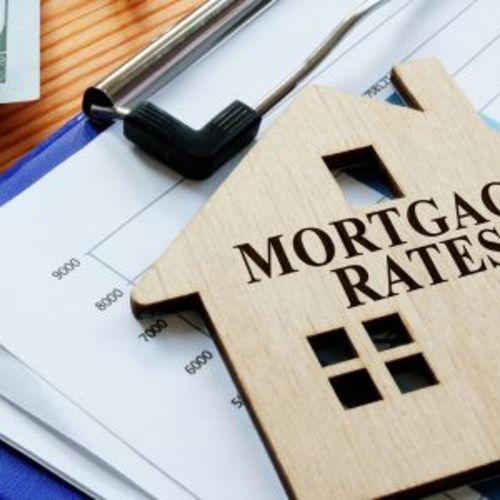Here's why the list price is everything right now
Let’s talk about pricing—because it might just be the most important decision you make when selling your home in today’s market.
Right now, about 1 in 5 sellers are dropping their price, and not because their homes aren’t beautiful or well-maintained—but because they missed the mark on day one.
We get it—pricing a home is emotional. You’ve put love and money into it. You want room to negotiate. You want to make sure the numbers work in your favor. That all makes sense. But here’s the thing: today’s buyers? They’re sharp. They’re cautious. And they’re doing their homework.
Pricing Sets the Tone
Your asking price isn’t just a number—it’s a signal. It sets the tone for how your home is received online and in person. It drives the number of showings. And most importantly, it determines whether you’re fielding multiple offers or waiting weeks for a single maybe.
Lately, we’ve seen sellers shoot too high out of the gate, hoping to “test the market.” But what’s actually happening? In May 2025 alone, over 370,000 homes across the U.S. had to reduce their price—a trend we haven’t seen this strong since the pre-pandemic market. And let’s be clear: that’s not a strategy. That’s a correction.
Why It’s Happening
Buyers today are incredibly price-sensitive. Higher interest rates, more inventory, and shifting market conditions mean they’re scrutinizing value more than ever. If a home feels overpriced—based on comps, condition, or location—it often gets scrolled past, not shown.
Many sellers are still pricing based on what they want to make or how much they spent on upgrades. But unfortunately, not all updates translate to ROI. Just because a renovation cost $30K doesn’t mean it adds $30K of value in the current market.
The Cost of Missing the Mark
When you miss the right price point, here’s what typically happens:
Showings slow down
Buyer interest fades
Days on market tick up
Price reductions become necessary
And when offers do come in, they’re often lower
None of this is ideal, and all of it is avoidable.
What You Should Do
Instead of pricing based on emotion, base your list price on:
Current local market conditions
Buyer demand in your area
Your home's condition and competitive features
Recent comparable sales—not last year’s prices
A smart pricing strategy isn’t about leaving room to negotiate—it’s about creating the conditions where buyers want to compete for your home.
Let’s Get It Right from Day One
If you're thinking of selling, don’t go it alone—and definitely don’t guess your price. Let's talk. We’ll analyze the data, walk you through buyer behavior in your specific neighborhood, and help you set a price that invites attention, not reductions.
Because the goal isn’t just to list your home.
It’s to sell it—quickly, confidently, and for top dollar.
Warmly,
Lauren, Tina and Gigi | Lauren Zurilla & Associates


